Travelers often plan journeys around iconic buildings, historic districts, or stunning skylines, mapping out routes between architectural marvels. Yet many discover that these same cities harbor equally impressive culinary scenes that transform a sightseeing trip into a multi-sensory experience.
These urban destinations offer a perfect marriage of visual and gastronomic delights, where the same cultural forces that shaped spectacular structures also influenced exceptional food traditions. From ancient capitals to modern metropolises, certain cities excel at both feeding the eyes and satisfying the palate in ways that create lasting memories.
Here is a list of 15 cities where the architecture initially draws you in, but the food convinces you to extend your stay.
Barcelona

Antoni Gaudí’s fantastical buildings define Barcelona’s skyline, with Sagrada Família’s soaring towers and Park Güell’s whimsical structures attracting architecture enthusiasts worldwide. The city’s culinary scene proves equally inventive, centered around the bustling Mercat de la Boqueria, where fresh ingredients transform into tapas treasures.
Local specialties like paella negra and bomba catalana deliver the same creative spirit found in Gaudí’s undulating facades, making every meal as memorable as the buildings that punctuate this Mediterranean gem.
Istanbul
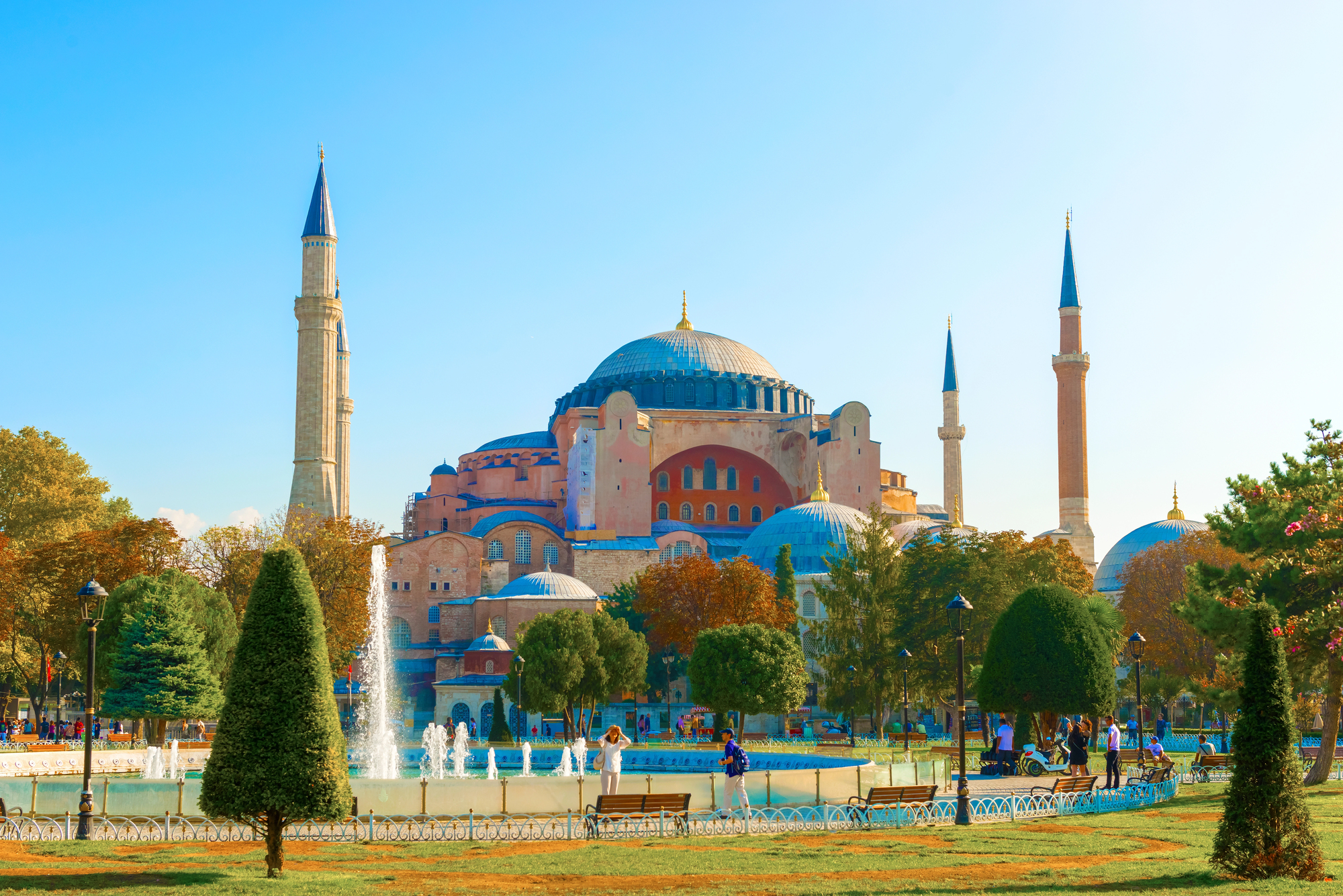
Straddling two continents, Istanbul’s skyline showcases the magnificent Hagia Sophia and Blue Mosque, architectural achievements spanning the Byzantine and Ottoman empires. The city’s food scene bridges worlds with equal impressiveness, from fragrant kebabs to delicate baklava dripping with honey.
Street vendors throughout the Grand Bazaar offer savory börek pastries and simit bread rings, providing affordable feasts amid architectural splendor. The centuries of cultural exchange visible in the city’s buildings find perfect expression in fusion dishes that blend European and Asian influences.
Mexico City
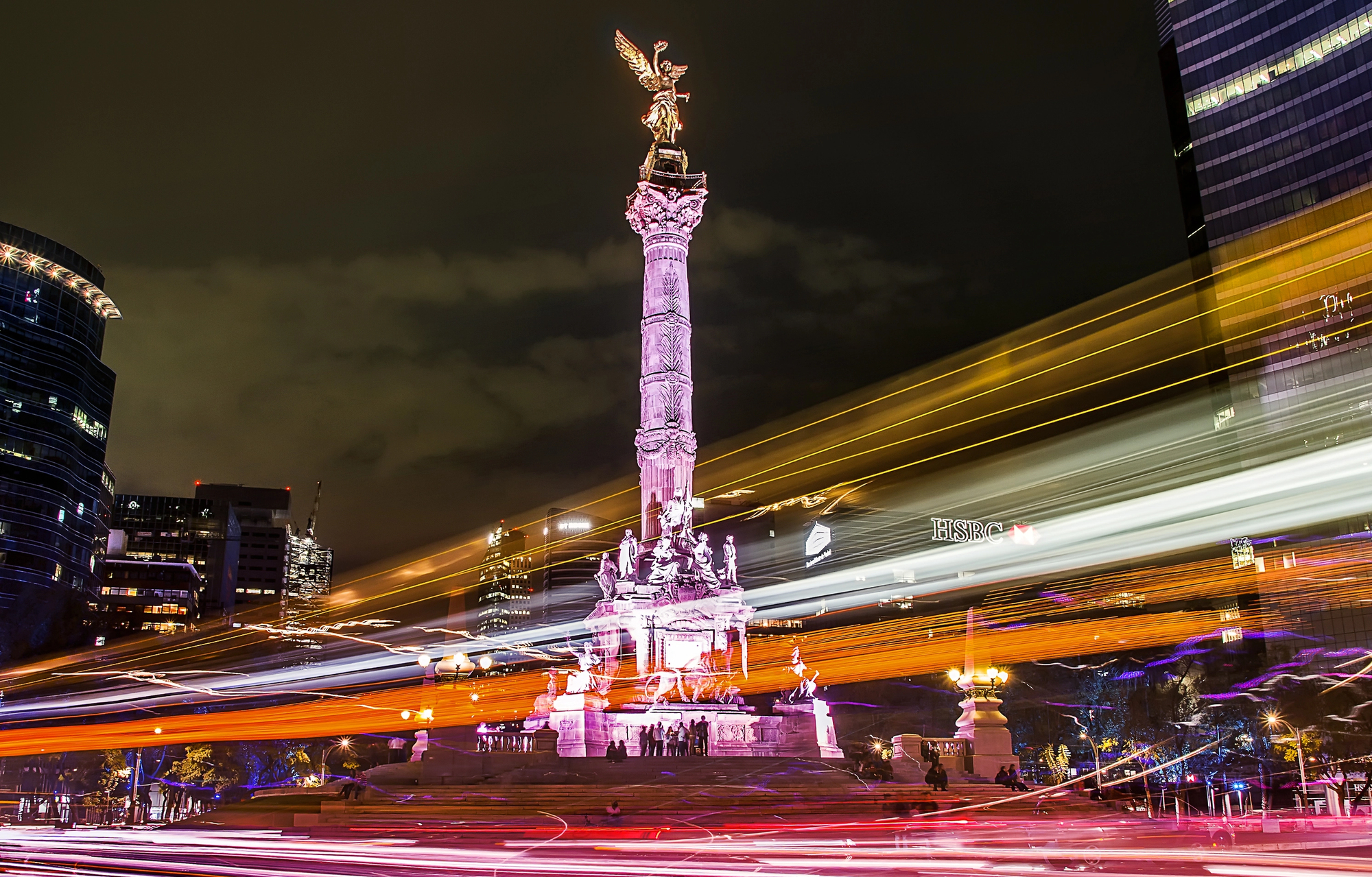
The architectural contrasts of Mexico City range from pre-Hispanic pyramids at Teotihuacán to Luis Barragán’s modernist masterpieces, creating a visual timeline of design evolution. The culinary landscape offers equal depth, from humble street tacos to the refined indigenous ingredients at Pujol and Quintonil.
Markets like Mercado de la Merced overwhelm visitors with colorful displays of chiles, cactus paddles, and exotic fruits that fuel the city’s vibrant food scene. The same pride in heritage that preserves historic buildings ensures traditional cooking techniques remain alive in this sprawling metropolis.
Like Travel Pug’s content? Follow us on MSN.
Kyoto
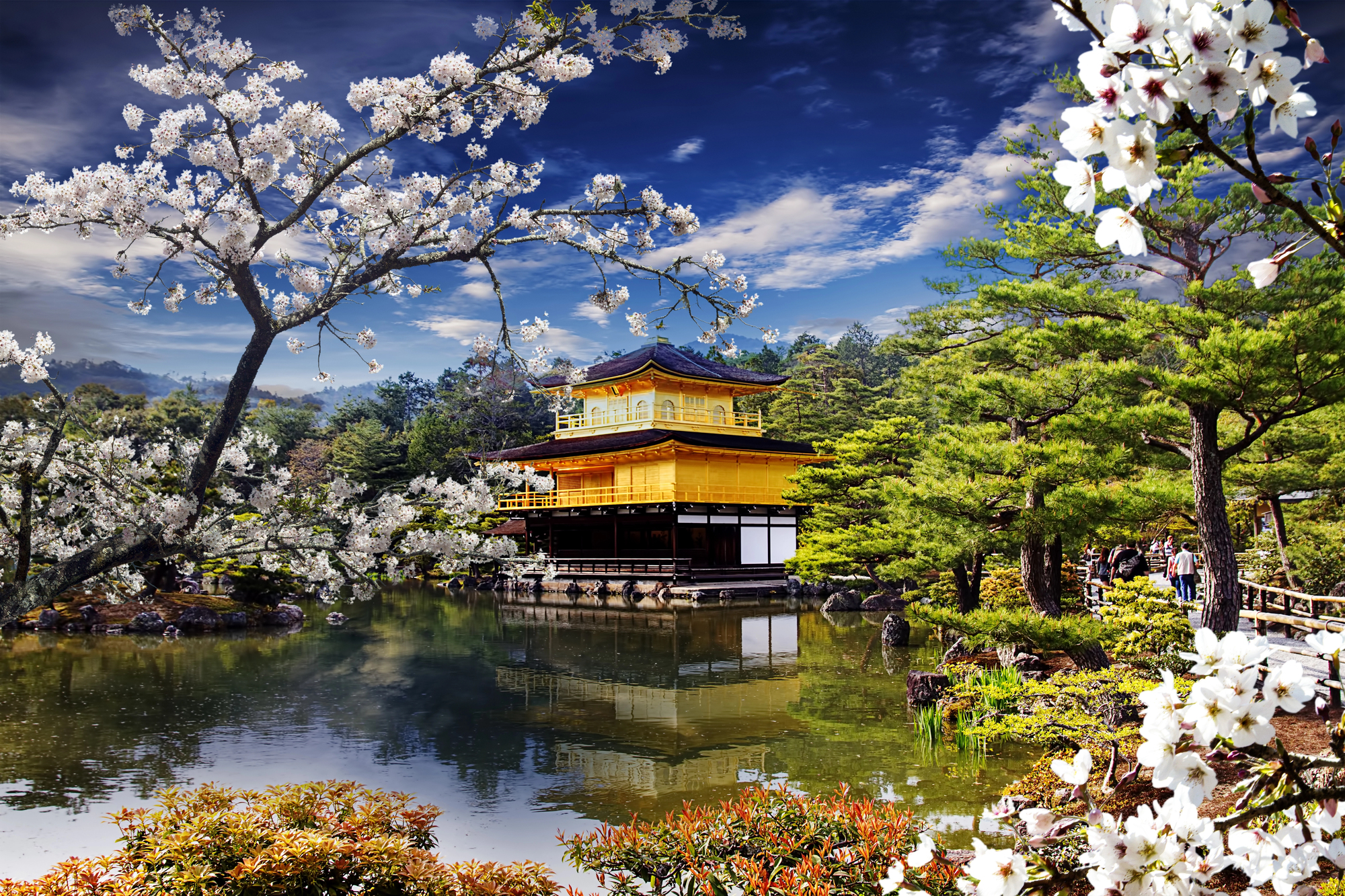
The ancient Japanese capital preserves over 1,600 Buddhist temples and Shinto shrines, offering perfectly proportioned wooden structures amid manicured gardens. This same precision and respect for tradition define Kyoto’s dining scene, where kaiseki ryori multi-course meals elevate seasonal ingredients through meticulous preparation and presentation.
Local specialties like yudofu (tofu hot pot) and Kyoto-style ramen provide accessible entry points to a culinary tradition as refined as the city’s architecture. Both the buildings and the food reflect Japanese principles of harmony, simplicity, and profound attention to detail.
Chicago
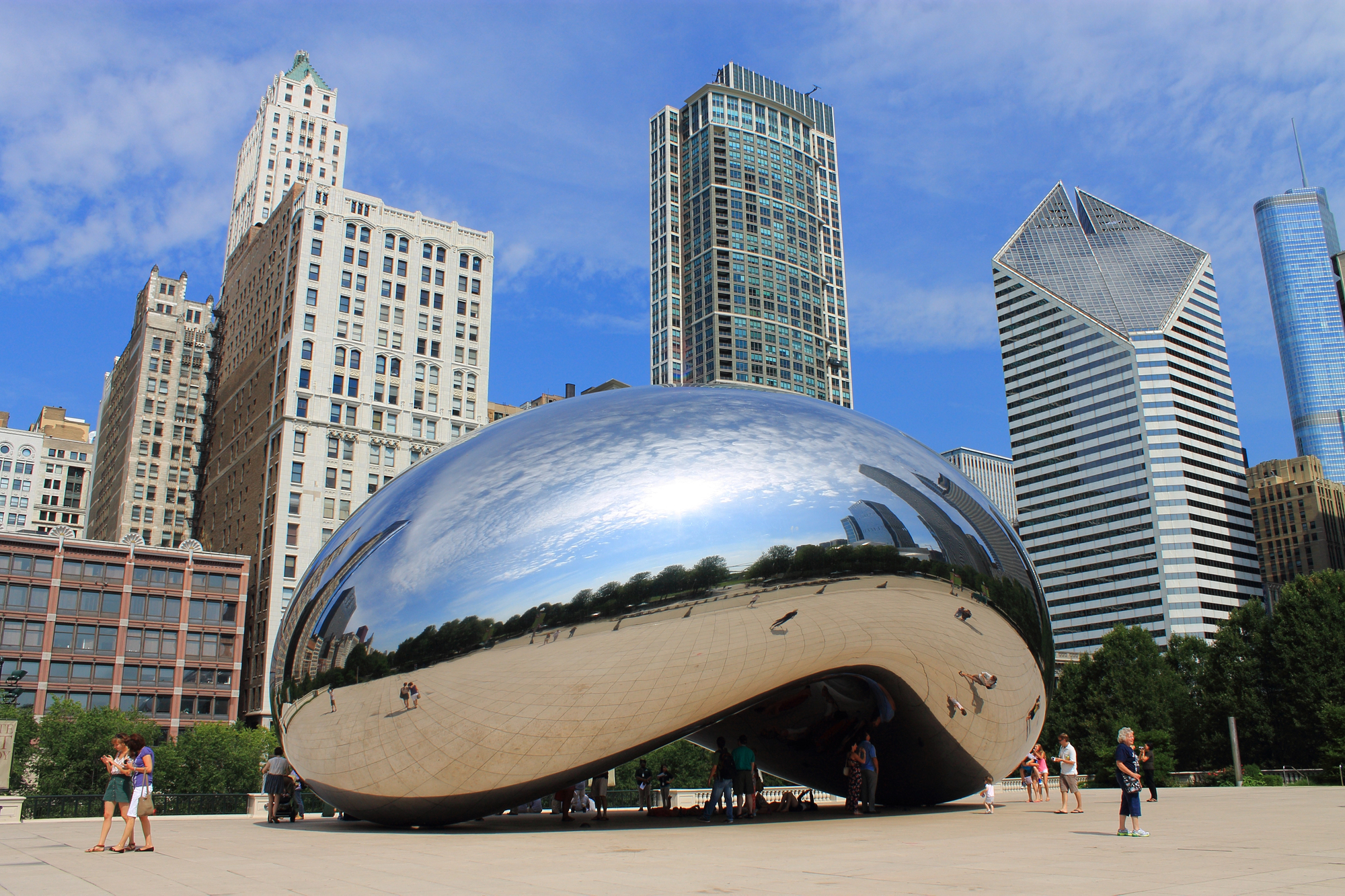
The birthplace of the skyscraper continues to push architectural boundaries, with the Willis Tower and neo-futuristic works by Studio Gang reshaping its dramatic skyline. Chicago’s food scene demonstrates similar innovation, having transformed from a meatpacking powerhouse to a culinary laboratory where chefs reinvent classics at every price point.
The city that gave the world deep-dish pizza now offers cutting-edge molecular gastronomy alongside perfect Italian beef sandwiches dripping with jus. This midwestern metropolis embodies American ingenuity, whether expressed through steel-framed buildings or deliciously creative comfort foods.
Porto
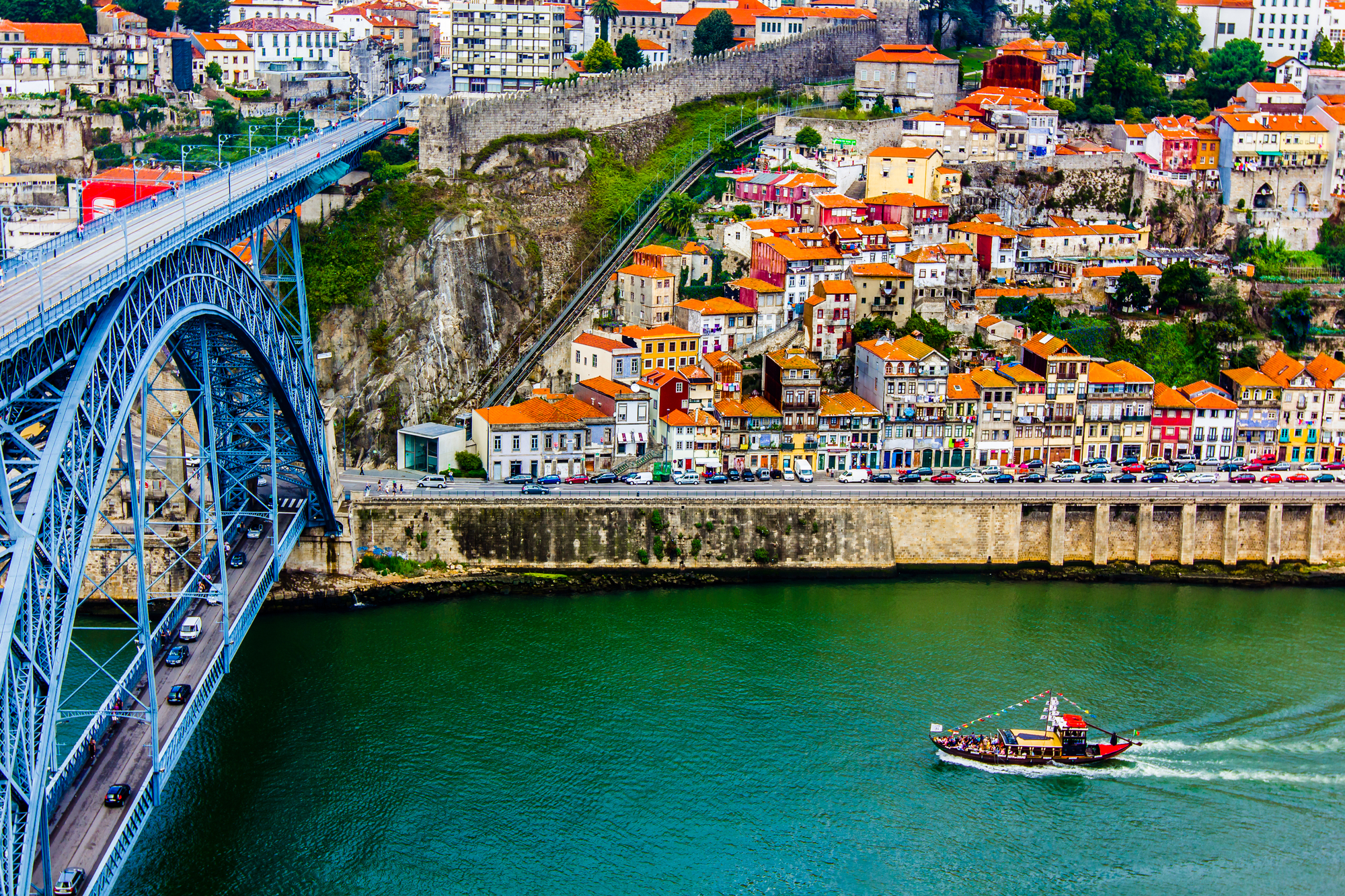
The ancient Portuguese port city rises dramatically along the Douro River, its colorful buildings crowned by baroque church towers and the iconic Dom Luis I Bridge. Porto’s atmospheric ribeira district houses family-run tascas serving hearty portions of bacalhau (salt cod) and francesinha sandwiches that could sustain a dock worker for days.
Port wine cellars line the riverbank in Vila Nova de Gaia, offering tastings of the fortified wine that shares the city’s name. The same practical ingenuity that built this vertical city on difficult terrain produces unfussy, flavorful cuisine that maximizes humble ingredients.
Like Travel Pug’s content? Follow us on MSN.
Singapore
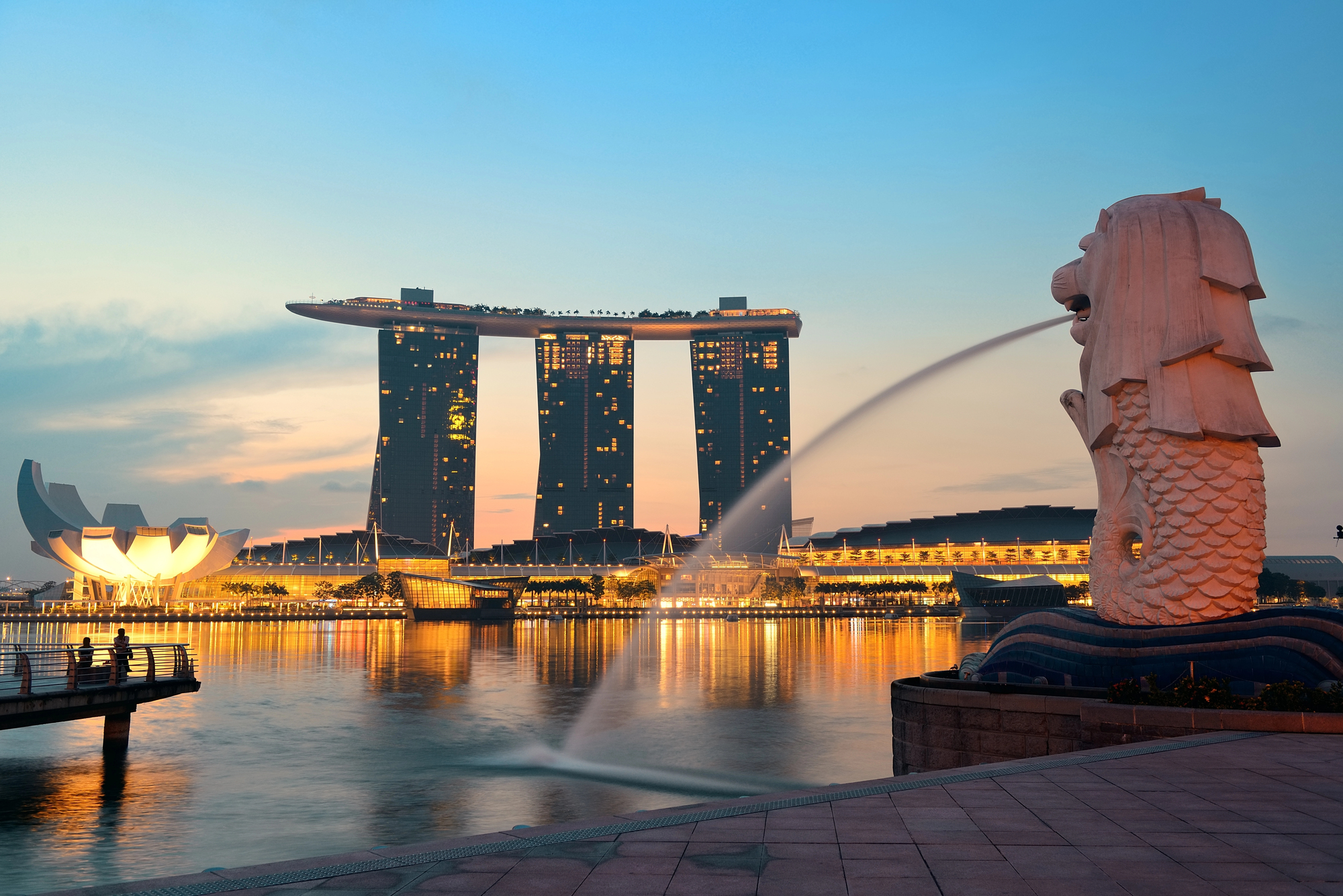
This island nation showcases architectural ambition through the triple-towered Marina Bay Sands, the biodome conservatories of Gardens by the Bay, and colonial-era buildings preserved amid soaring skyscrapers. Singapore’s hawker centers represent the culinary equivalent of this architectural fusion, where diverse food stalls offer Chinese, Malay, Indian, and Peranakan specialties under a single roof.
Dishes like chili crab, Hainanese chicken rice, and laksa reflect the multicultural heritage visible in the cityscape. Both Singapore’s buildings and its cuisine demonstrate how diverse influences can create something entirely new and uniquely harmonious.
New Orleans
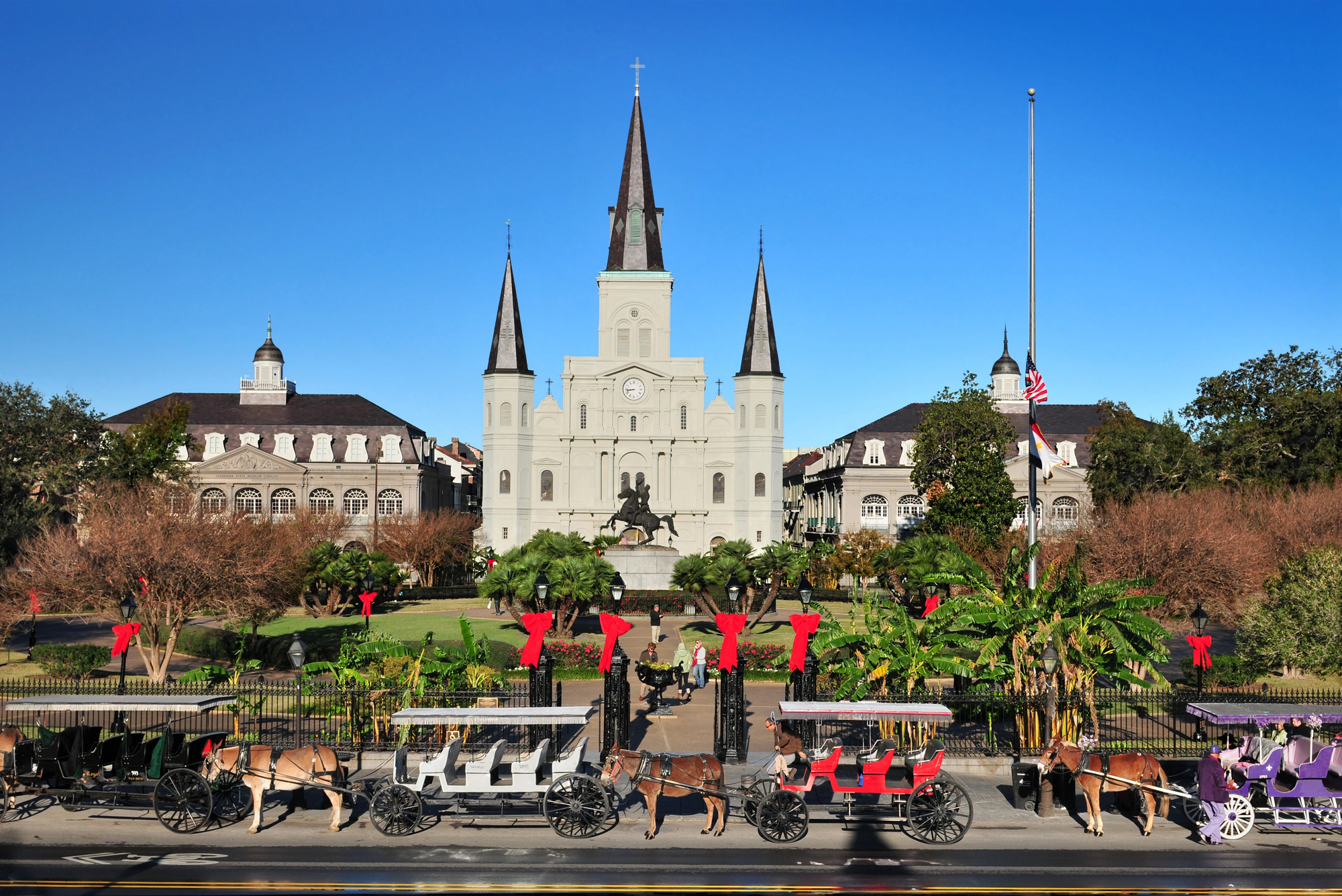
The French Quarter’s intricate ironwork balconies and colorful Creole townhouses create an architectural ensemble unlike anywhere else in America. The city’s cuisine proves equally distinctive, blending French, Spanish, African, and Caribbean influences into dishes like gumbo, jambalaya, and étouffée.
Venerable institutions like Commander’s Palace serve refined versions of local classics, while neighborhood joints offer perfectly dressed po’boy sandwiches on crusty French bread. The same cultural melting pot that produced the city’s unique architectural style created a food tradition that continues to evolve while honoring its diverse roots.
Lyon
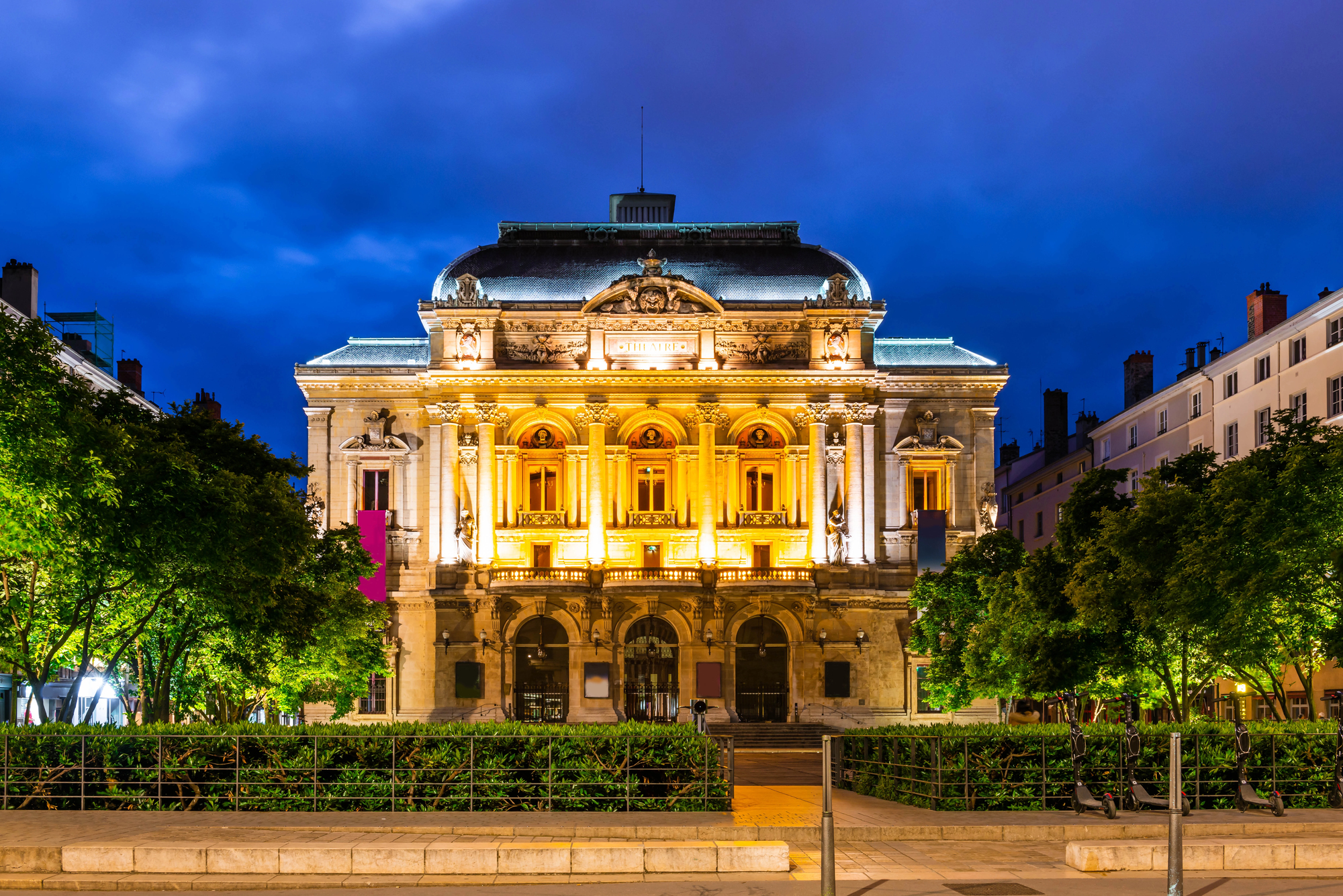
France’s gastronomic capital balances Renaissance-era buildings in Vieux Lyon with the contemporary design of the Confluence district where the Rhône and Saône rivers meet. Traditional bouchons serve hearty Lyonnaise specialties like quenelles (pike dumplings) and andouillette sausage in settings that have changed little in centuries.
The city that gave the world Paul Bocuse maintains exacting culinary standards from market stalls to Michelin-starred establishments. The same commitment to quality evident in Lyon’s well-preserved architecture ensures dining experiences that reflect a deep respect for tradition while embracing thoughtful innovation.
Like Travel Pug’s content? Follow us on MSN.
Marrakech

The rose-colored buildings of Marrakech, from the towering Koutoubia Mosque to the intricate Bahia Palace, showcase Islamic architectural principles through geometric patterns and ornate tilework. The city’s cuisine employs a similar layering of complex elements, with tagines slow-cooking meats with fruits, olives, and aromatic spices to create dishes greater than their parts.
Djemaa el-Fna square transforms nightly into North Africa’s most dynamic open-air restaurant, where smoke rises from grills cooking merguez sausages and seafood. The same patient craftsmanship that built Marrakech’s architectural treasures produces food requiring hours of preparation for moments of culinary transcendence.
Turin
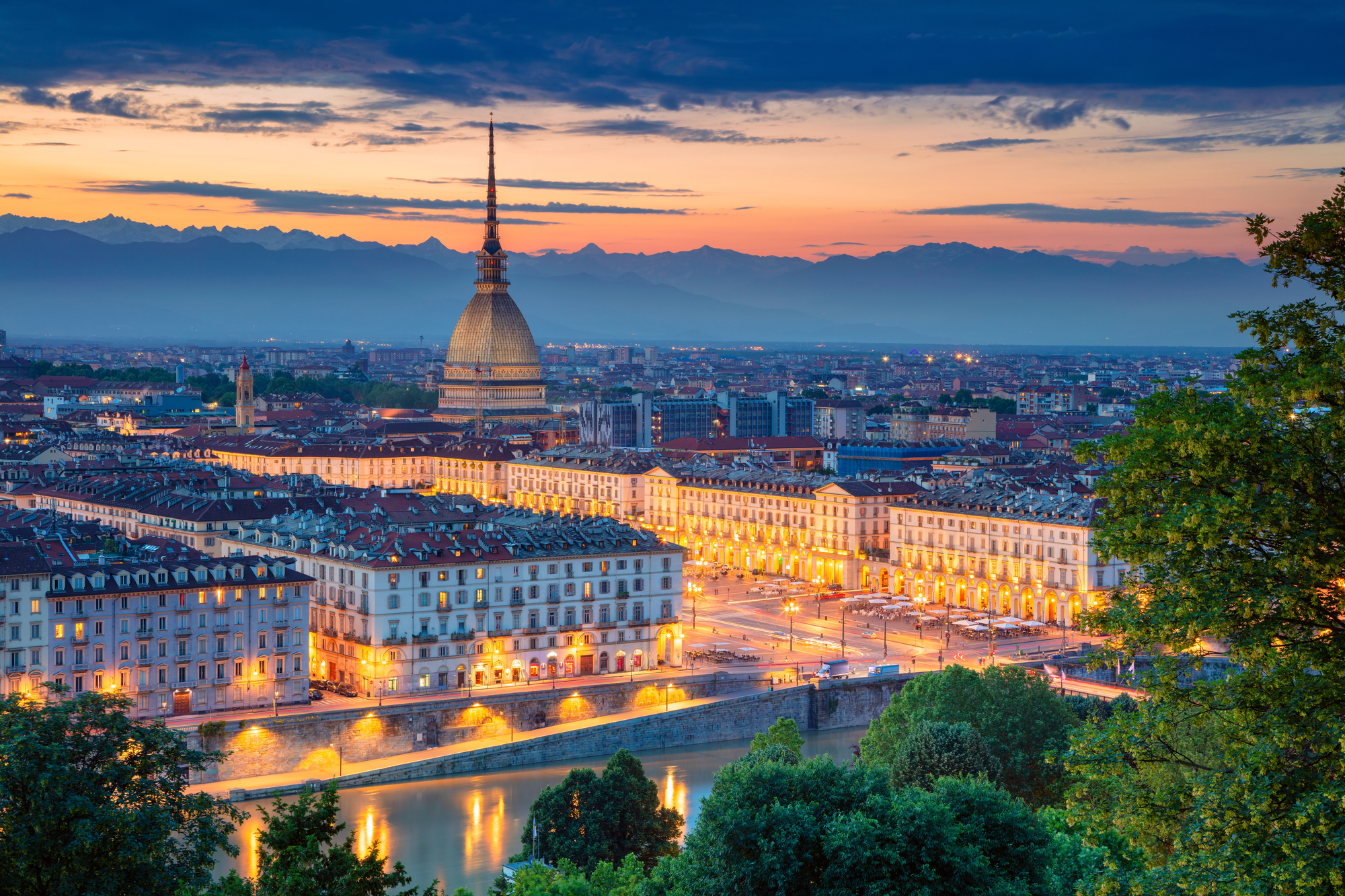
The elegant northern Italian city features graceful porticoed walkways and baroque palaces from its days as the first capital of unified Italy. Turin’s food culture centers around the daily ritual of aperitivo, where drinks come with elaborate spreads encouraging leisurely enjoyment of the city’s architectural beauty.
The birthplace of the Slow Food movement honors traditional Piedmontese cuisine through dishes like vitello tonnato and agnolotti del plin served in historic caffès lined with marble and mirrors. The same aristocratic refinement evident in Turin’s grand boulevards appears on plates featuring white truffles from nearby Alba during their brief autumn season.
Lima
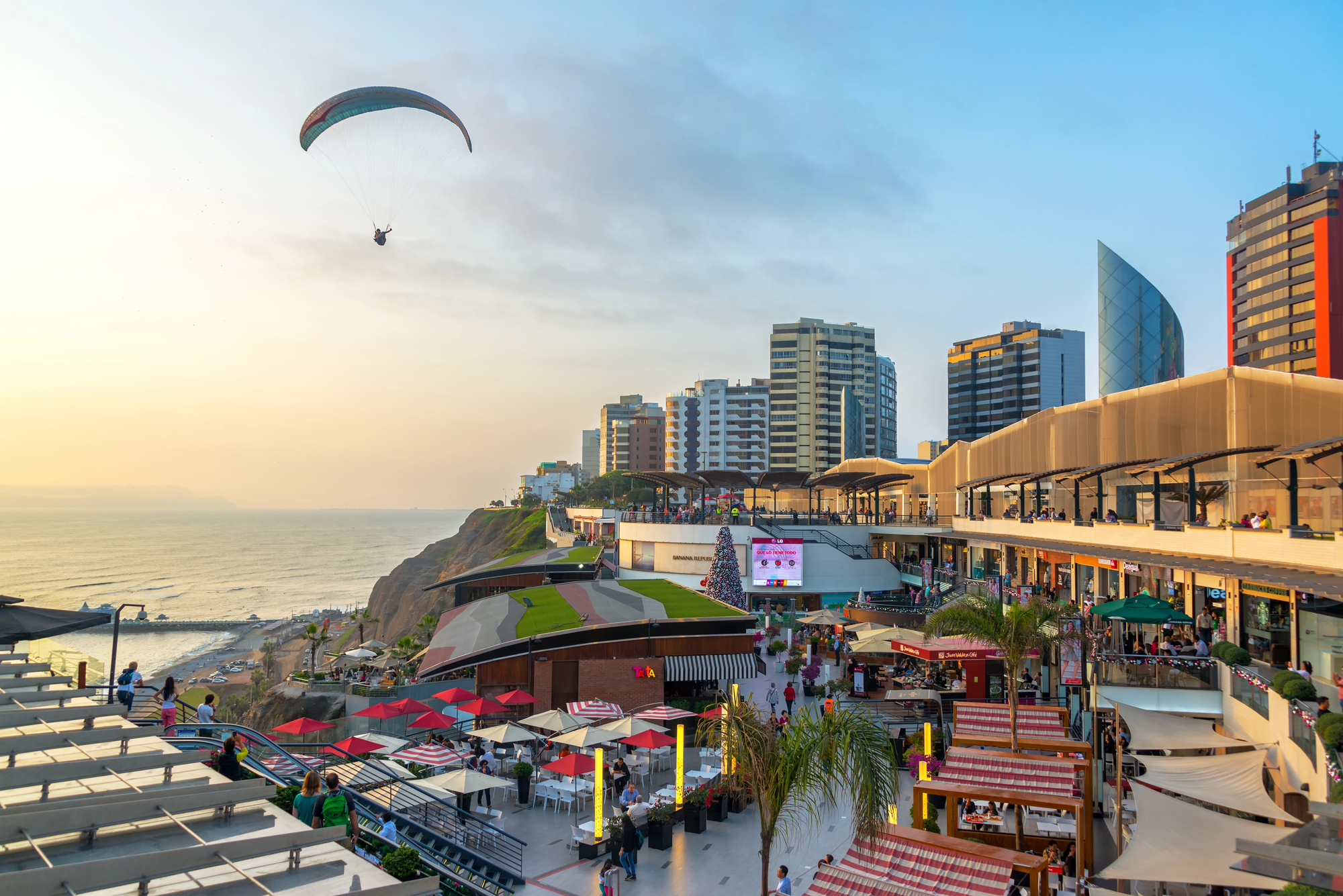
Peru’s capital blends Spanish colonial architecture in its historic center with pre-Columbian sites and sleek modern developments along its Pacific coastline. Lima’s recognition as a global culinary destination comes from chefs applying modern techniques to indigenous ingredients from the Amazon to the Andes.
Ceviche made with just-caught seafood showcases the Pacific’s bounty, while preparations of thousands of native potato varieties connect diners to ancient agricultural traditions. The same rich cultural heritage displayed in Lima’s diverse architectural styles finds expression in dishes that honor Peru’s unparalleled biodiversity and multicultural influences.
Like Travel Pug’s content? Follow us on MSN.
Budapest
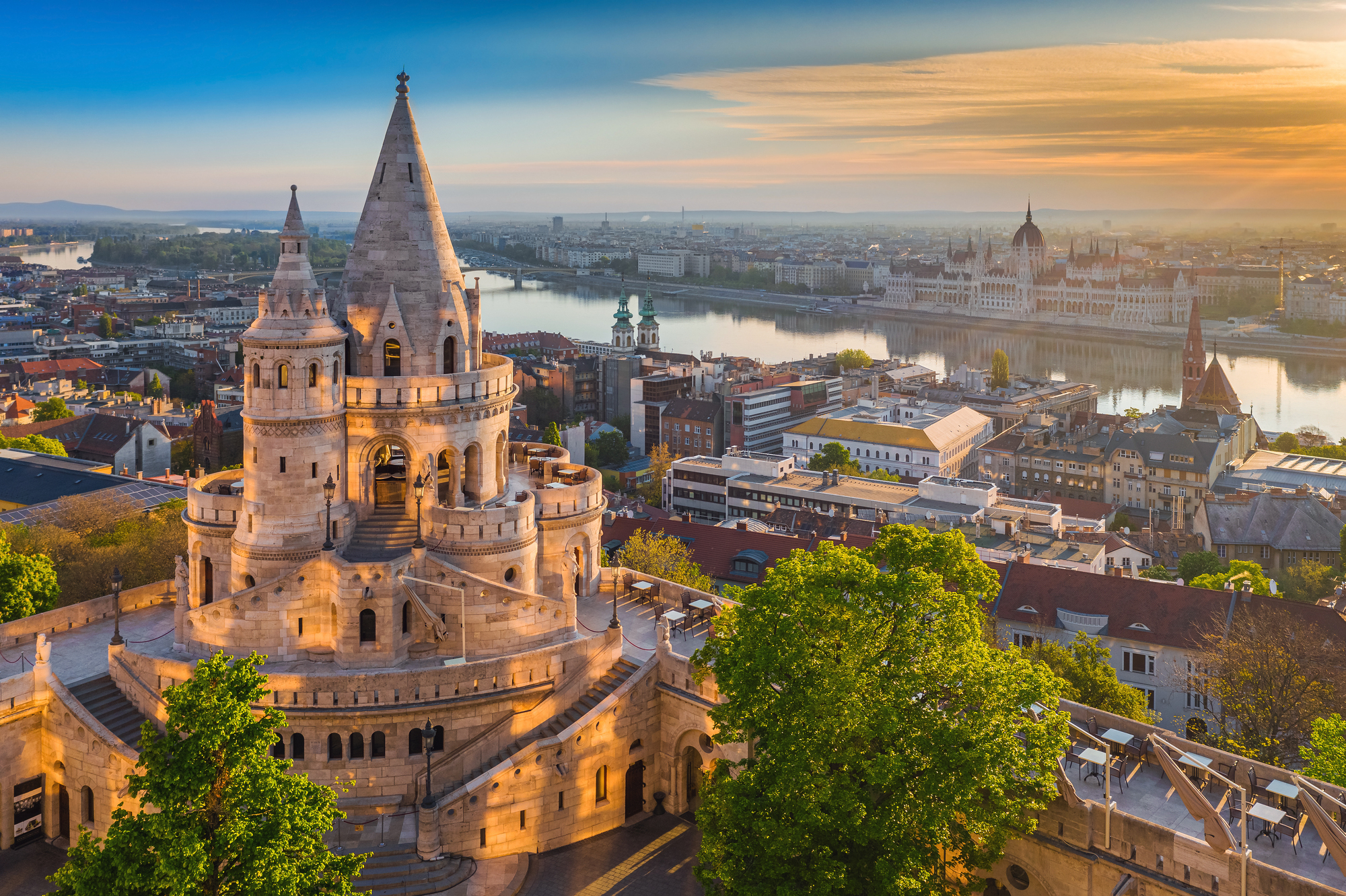
The twin cities unified across the Danube feature an architectural showcase ranging from the neo-Gothic Parliament Building to Art Nouveau thermal baths that reflect Hungary’s complex history. Budapest’s food scene centers around Central Market Hall, where traditional dishes like goulash and chicken paprikash simmer alongside street food favorites like lángos (fried dough topped with sour cream and cheese).
The city’s café culture flourishes in ornate historic settings where Esterházy torte and dobos cake accompany strong coffee in spaces that once hosted literary giants. The same passion that restored Budapest’s architectural treasures after decades of neglect now fuels a culinary renaissance celebrating Hungarian traditions.
Oaxaca

The Mexican cultural capital preserves colonial-era buildings constructed from green volcanic stone alongside pre-Hispanic archaeological sites like Monte Albán. Oaxaca’s status as Mexico’s culinary heartland rests on seven distinct varieties of mole sauce, each a complex blend of chiles, nuts, chocolate, and spices representing indigenous culinary artistry.
The same local communities that maintain traditional building techniques produce renowned black pottery, intricate textiles, and artisanal mezcal. Markets throughout the city showcase the agricultural bounty of Oaxaca’s diverse microclimates, providing ingredients for dishes that remain deeply connected to indigenous cooking traditions predating European arrival.
Valencia

The Spanish coastal city combines medieval towers and Gothic trading halls with Santiago Calatrava’s futuristic City of Arts and Sciences complex, spanning a millennium of architectural innovation. Valencia’s claim as the birthplace of paella results in passionate debates about the authentic preparation of this saffron-infused rice dish, traditionally cooked over orange wood.
The massive Central Market houses vendors selling ingredients for classic Valencian dishes, from all i pebre (eel stew) to horchata made from local tiger nuts. The same Mediterranean climate that necessitated unique architectural adaptations provides ideal growing conditions for the region’s renowned produce, seafood, and citrus.
Like Travel Pug’s content? Follow us on MSN.
Culinary Landmarks and Architectural Flavors
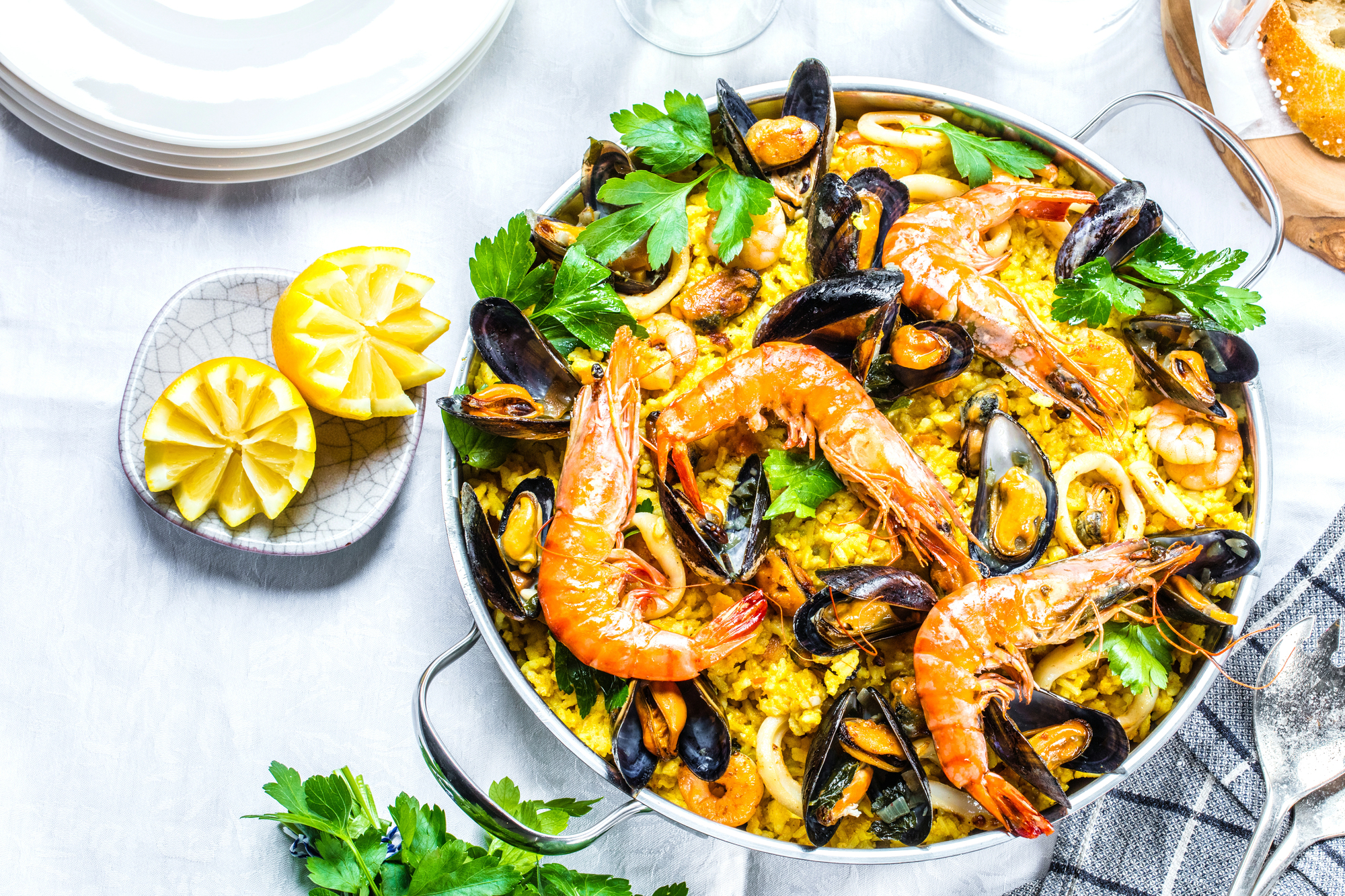
In these remarkable cities, cultural identity manifests equally through built environments and culinary traditions. The same historical forces, geographic advantages, and cultural exchanges that produced magnificent buildings also shaped distinctive food scenes that continue to evolve while honoring their roots.
The thoughtful traveler discovers that exploring a city’s architecture and sampling its signature dishes provides complementary pathways to understanding its essence—the visual and gastronomic experiences enhancing each other in ways that create deeper connections to places where art exists both on the skyline and on the plate.
More from Travel Pug

- Cities Growing so Fast You Won’t Recognize Them in 10 Years
- 13 Destinations Where Tourists Regularly Regret Their Trip
- 20 Obscure WWII Sites Even History Buffs Don’t Know About
- 10 Under-the-Radar Mountain Towns That Are Both Affordable and Beautiful
- Remote Villages in Europe Where You Can Live for Free in Exchange for Work
Like Travel Pug’s content? Follow us on MSN.
